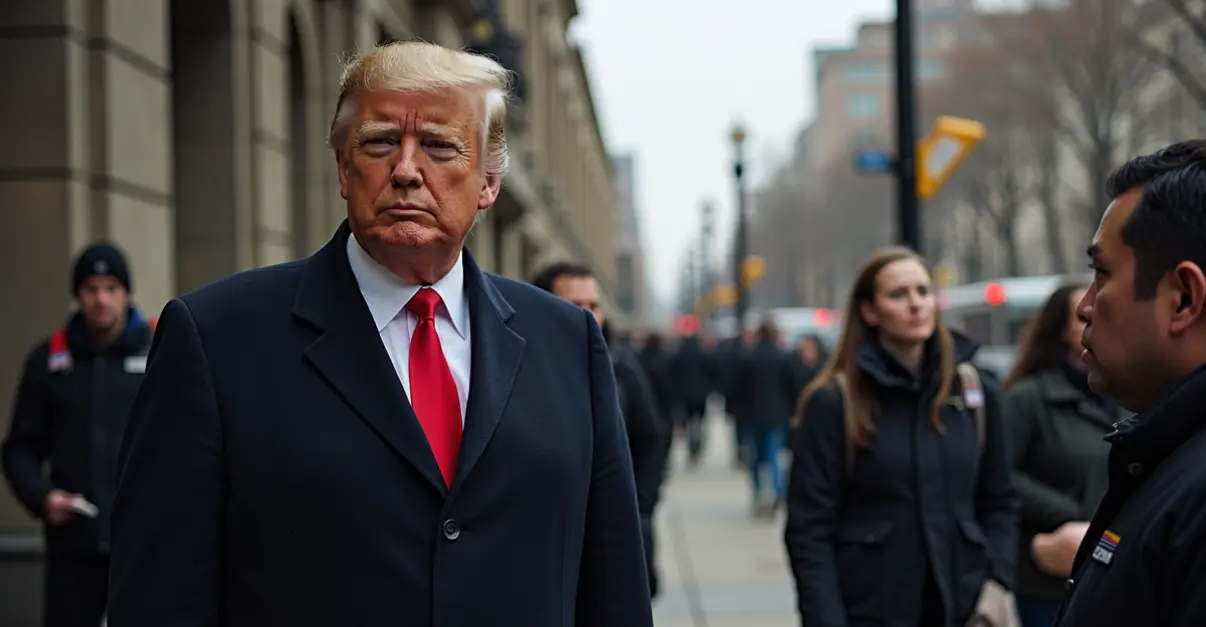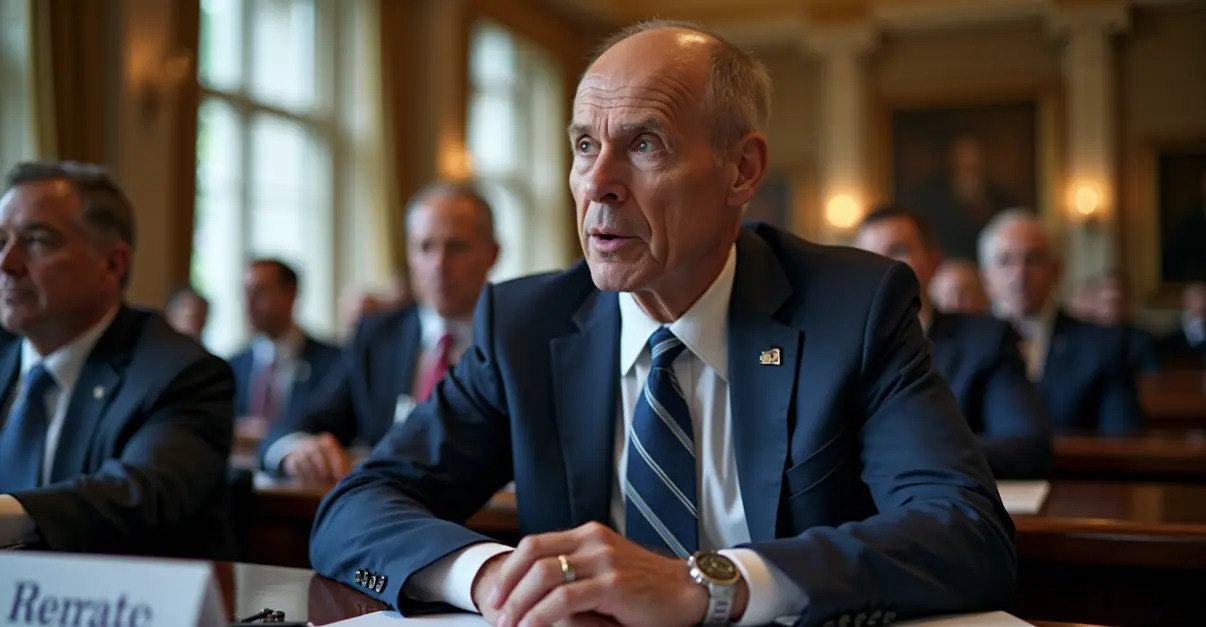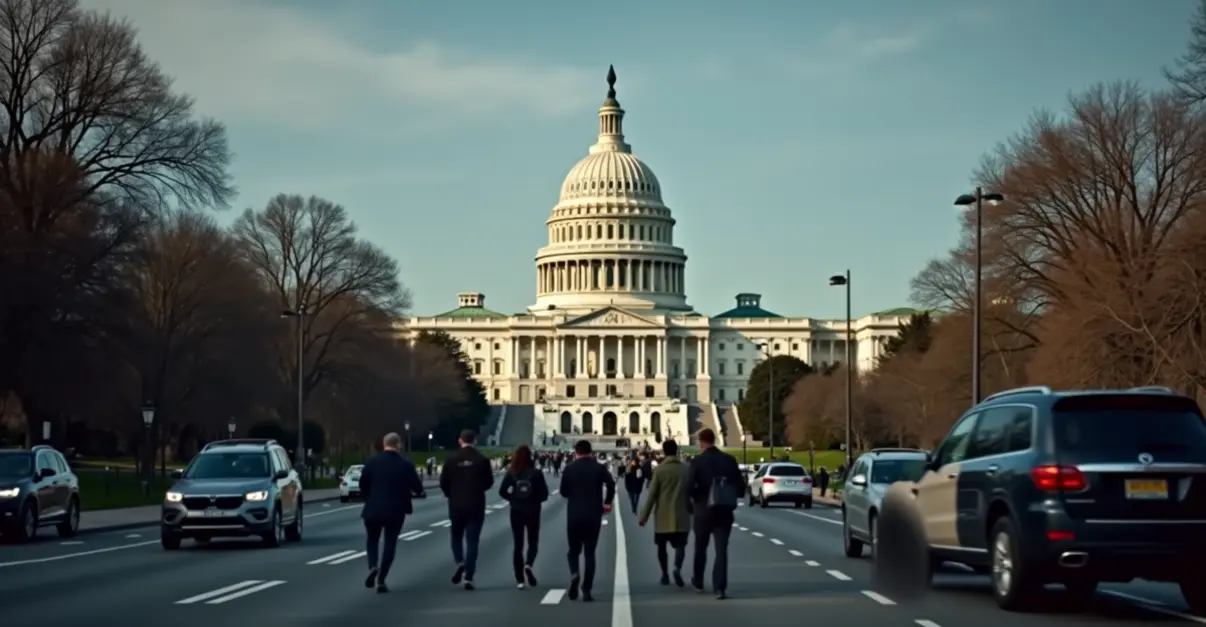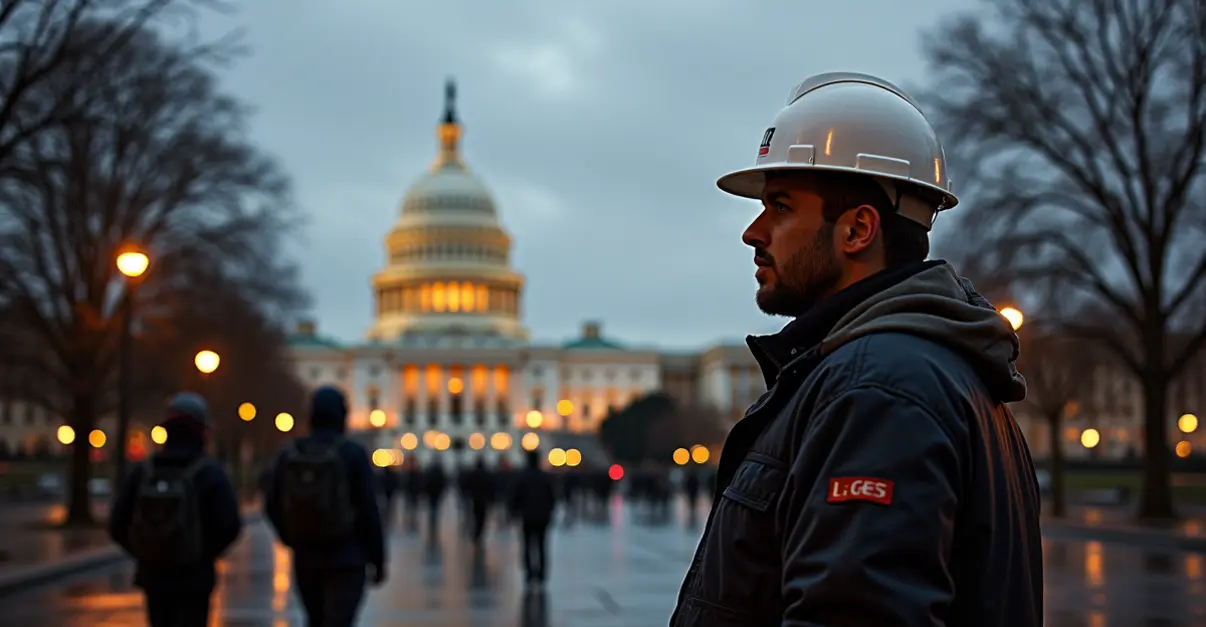Trump administration fires over 4,000 federal workers during government shutdown, marking unprecedented layoffs. Treasury and Health departments hardest hit. Unions file lawsuit calling terminations illegal.

Mass Layoffs During US Government Shutdown
In an unprecedented move during a government shutdown, the Trump administration has laid off more than 4,000 federal employees across multiple government agencies. The mass terminations, which began on October 1, 2025, mark a dramatic departure from previous shutdown practices where workers were typically furloughed without pay but not fired.
Which Departments Were Hit Hardest?
The Treasury Department saw the highest number of layoffs with 1,446 employees terminated, followed by the Department of Health and Human Services where between 1,100 and 1,200 workers lost their jobs. Other affected agencies include Commerce (315 workers), Education (466), Energy (187), Homeland Security (176), and Housing and Urban Development (442). The layoffs, officially termed "reductions in force" (RIFs), have created widespread uncertainty among the federal workforce.
Political Blame Game Intensifies
President Trump has placed the blame squarely on Democrats for the shutdown and subsequent layoffs. "They started this," Trump stated, adding that many of the fired workers "were not suitable" for their positions. The president had previously threatened to fire "a lot" of federal workers, specifically targeting those he described as "Democrat-oriented."
Democratic leaders have fired back, with Senate Minority Leader Chuck Schumer stating, "Nobody is forcing Trump to do this. This is deliberate chaos." The political standoff has deepened as both parties remain entrenched in their positions regarding the 2025 government shutdown, which began when Congress failed to pass appropriations legislation for the 2026 fiscal year.
Legal Challenges Mount
Federal employee unions have taken swift legal action against the administration. The American Federation of Government Employees and the American Federation of State, County and Municipal Employees have filed a lawsuit arguing that the layoffs during a shutdown are illegal. Union representatives contend that "nothing in the Antideficiency Act or any other statute authorizes RIFs of employees who work in agencies or programs with a lapse in funding."
A federal judge is scheduled to hear the case this Wednesday, with unions seeking an immediate injunction to stop further layoffs. The legal challenge argues that the administration is using federal employees as "pawns in Congressional deliberations" and that the layoffs violate established federal employment protections.
Broader Impact on Government Services
The shutdown has affected approximately 900,000 federal employees who have been furloughed, with another 700,000 working without pay. While essential services like Medicare, Medicaid, and transportation security continue, many agencies including the National Institutes of Health, Centers for Disease Control and Prevention, and nutrition assistance programs have faced partial or full suspensions of operations.
National museums, parks, and zoos have closed their doors, affecting millions of Americans who rely on these services. The unprecedented nature of firing workers during a shutdown has raised concerns about the long-term impact on government operations and employee morale.
Historical Context
This shutdown marks the 11th in U.S. history resulting in curtailment of government services and the third under President Trump. However, it's the first time mass layoffs have occurred during a funding lapse. Previous shutdowns typically involved furloughs where workers were sent home without pay but retained their positions and received back pay once funding was restored.
The current situation represents a significant escalation in shutdown tactics, with the administration arguing that the layoffs are necessary to ensure essential services have funding, while critics accuse the White House of using the shutdown to advance political objectives and punish political opponents.

 Nederlands
Nederlands
 English
English
 Deutsch
Deutsch
 Français
Français
 Español
Español
 Português
Português









